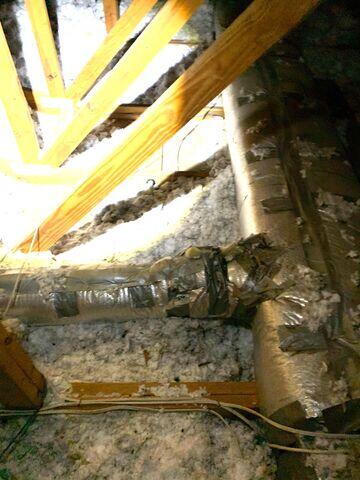
Poor insulation
Thin insulation serves no purpose. These HVAC ducts had tears in the wrappings and were allowing conditioned air to leak.
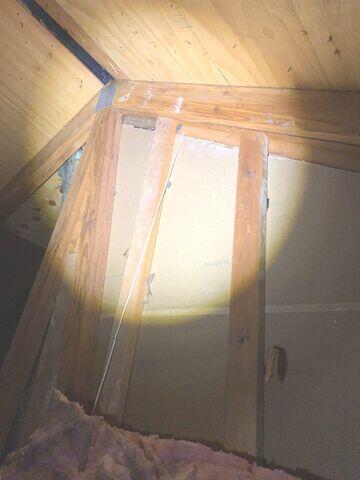
Uninsulated walls
These walls had no insulation and allowed for outside temperatures to impact the temperature inside of the attic.
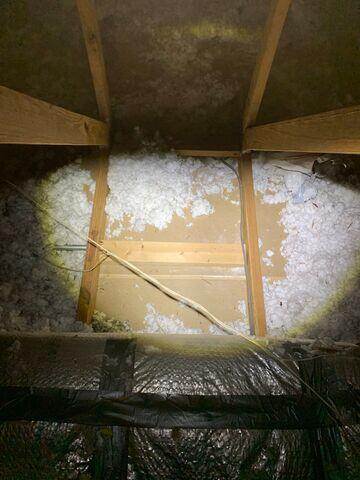
Poor insulation
Several inches of insulation should be in place to help deliver the proper R value.
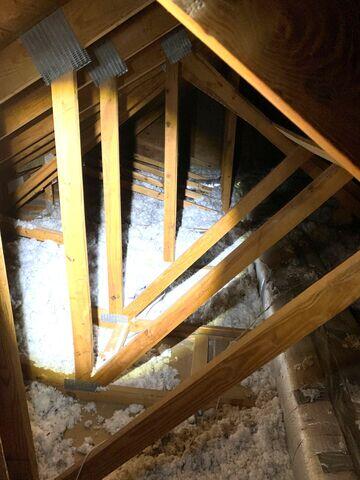
Thin insulation level
Thin insulation is like wearing a jacket that has holes in it.
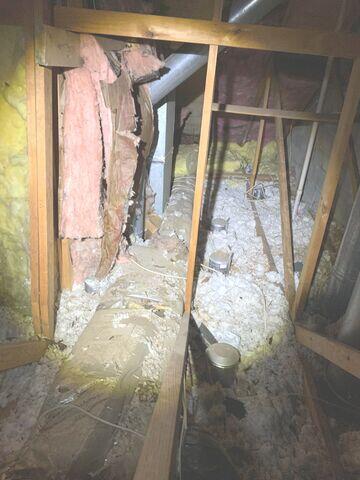
Can Lights and This Insulation
Each of these can lights presents and opportunity for conditioned air to escape the rooms below and leak into the attic. This can lead to high energy bills. We will air seal around them and prevent the air loss.
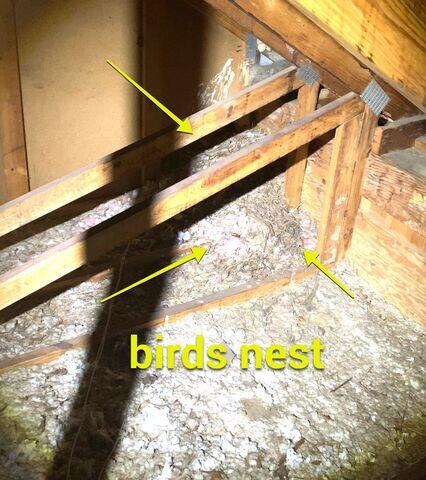
Old Insulation and Pests
Traditional, fiberglass insulation is often used by rodents and birds to nest. Once removed and cleaned, we use Tru Sof cellulose insulation which is treated with a chemical deterrent.
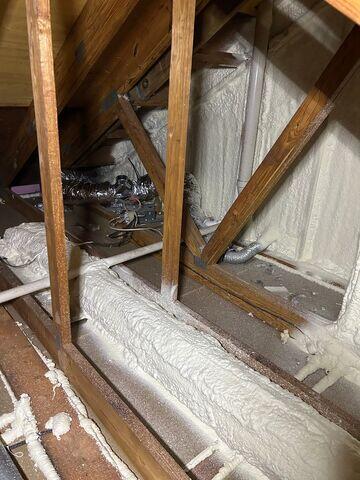
Air Seal and Spray Foam
The small cracks and gaps in the attic surface were air sealed with Zyp Foam. The walls and HVAC ducts were covered with spray foam insulation.
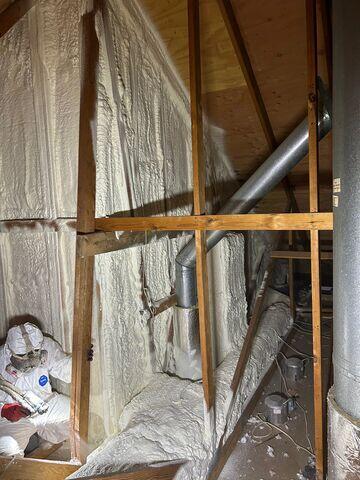
Spray Foam Attic
In addition to its insulation value, the spray foam helps to seal up any areas where air may have been able to move.

HVAC Duct Encapsilation
sealing the HVAC ducts means the air inside will not be travelling through a hostile environment on the way to the rooms it is intended to heat or cool. More efficient delivery of that air will increase comfort and reduce energy use.
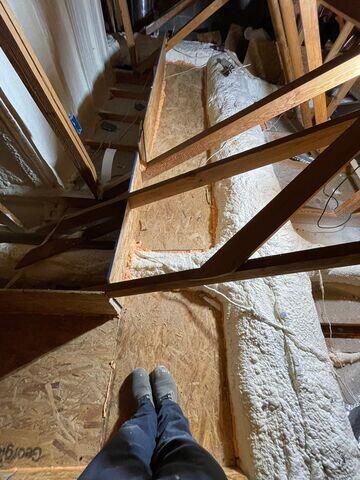
Attic Decking
Our team built walkways to allow for easier access in and around the attic.
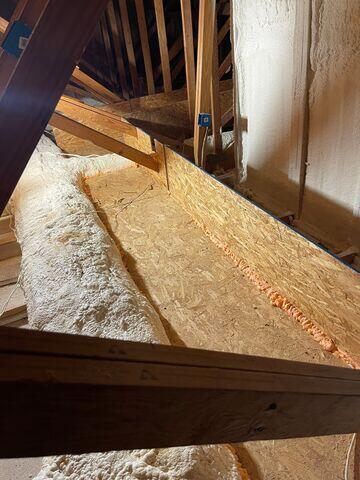
Attic Walkway
This will allow for movement through the attic and will help hold back the blown insulation once it is installed.

